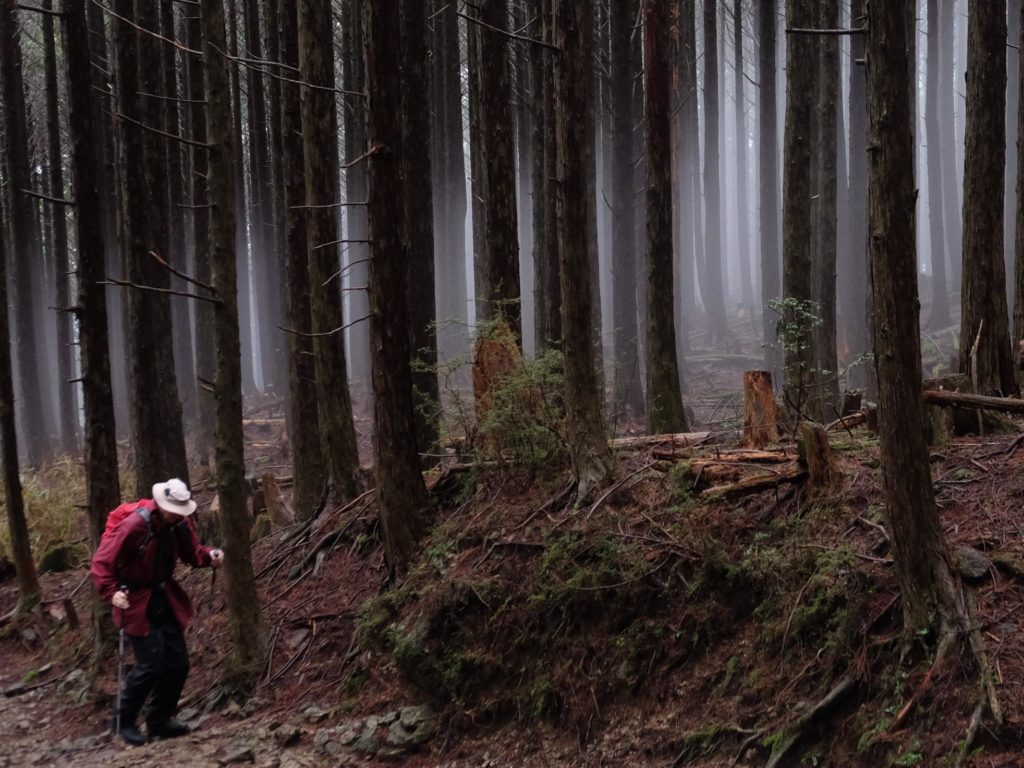
The emperor doesn’t walk,” says Walk Japan guide Ayuki Shio, as I suck in deep breaths of crisp mountain air, hauling myself up the steep flanks of Mount Tsurugi, high above the Tonda River. “Commoners walk.”
Gnarled roots of cedar trees protrude like varicose veins along the narrow trail. The roar of the river fades as our group of 12 climbs higher, until we reach the silence of a small cave called Tainai-kuguri, formed between moss-covered boulders. To squeeze through the gap is to pass through nature’s womb, Ayuki tells us. I duck my head, enter the cave and walk towards the light.
For more than 1000 years, people have made pilgrimages along the Kumano Kodo, a series of ancient trails linking shrines on Japan’s Kii Peninsula, south of Osaka. It’s been a centre of animistic nature worship since prehistoric times; a place where the mountains, rivers, rocks and waterfalls embody Shinto deities known as “kami”.
Emperors of the Heian period, between the 8th and 12th centuries, started the trend for pilgrimage, although as Ayuki explains, they would likely have been carried on palanquins, a covered conveyance hoisted upon the shoulders of strong men. Aristocrats, noblemen, samurai and commoners followed – most definitely on foot – seeking spiritual salvation or the chance to be ritually reborn, a reasonable incentive considering the not unlikely prospect of dying along the way. It was said the greater the hardship, the greater the enlightenment.
While we’re not offered palanquins, hardships are kept to a minimum as we hike the Nakahechi, or Imperial Route, of the Kumano Kodo, which links the three grand Kumano shrines, Hongu Taisha, Hayatama Taisha and Nachi Taisha, together known as Kumano Sanzan. The tour also calls in to the country’s most sacred Shinto shrine, in the coastal town of Ise, as well as Koyasan, birthplace of esoteric Buddhism in Japan. When Buddhism arrived in the 6th century it integrated harmoniously with Shintoism, a syncretism known as Shinbutsu-shugo, where the kami became manifestations of Buddhist deities. This distinct form of shared spirituality is a hallmark of the Kumano Kodo.
Read the full story here


